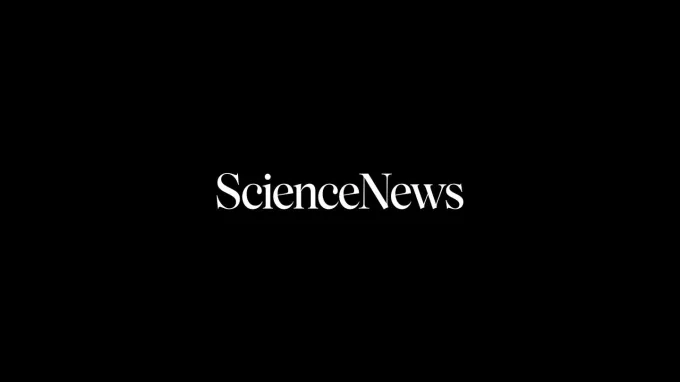Science News Magazine: Current Issue
Vol. 167 No. #22
Trustworthy journalism comes at a price.
Scientists and journalists share a core belief in questioning, observing and verifying to reach the truth. Science News reports on crucial research and discovery across science disciplines. We need your financial support to make it happen – every contribution makes a difference.
More Stories from the May 28, 2005 issue
-

Why making fat is good for you
Making new fat from food intake, as opposed to using stored fat, regulates genes important for blood sugar, fatty acid, and cholesterol concentrations.
-
 Planetary Science
Planetary ScienceRinging in a new moon
The Cassini spacecraft has spotted a new moon of Saturn, only the second known to lie within the planet's main rings.
By Ron Cowen -
 Health & Medicine
Health & MedicineEnzyme stopper combats cancers
An experimental drug combination that inhibits an enzyme that's abundant in tumor cells shows promise against several cancers.
By Nathan Seppa -
 Tech
TechCarbon nanotubes drive X-ray scanner
X-ray scanners based on carbon nanotubes could make airport luggage screening and high-tech medical imaging more efficient.
-
 Health & Medicine
Health & MedicineShot in the gut
A mystifying case of lead poisoning, which may have lasted more than a decade, turned out to have been caused by a swallowed shotgun pellet.
By Ben Harder -
 Tech
TechNuke batteries get more practical
Nuclear batteries that will last for decades may have moved closer to reality with the demonstration of a silicon chip riddled with radioactive, tritium-filled pits where radiation is efficiently converted to electricity.
By Peter Weiss -
 Tech
TechMorphing wheels for beginner bikers
A new bike design for kids morphs from tricycle into bicycle as the rider gets moving, possibly easing the often-fearful starts at riding two-wheelers.
By Peter Weiss -
 Ecosystems
EcosystemsPesticide makes bees bumble
The pesticide spinosad, previously thought safe for bees, may damage their ability to forage for nectar.
-
 Anthropology
AnthropologyFounding Families: New World was settled by small tribe
A new genetic analysis indicates that only about 200 to 300 people crossed the ice age land bridge from Asia to become the founding population of North America.
By Bruce Bower -
 Earth
EarthLast Gasp: Toxic gas could explain great extinction
Sudden venting of hydrogen sulfide from the deep sea could have caused the largest extinction in Earth's history by poisoning land animals and destroying atmospheric ozone that protects Earth from ultraviolet light.
-
 Planetary Science
Planetary ScienceRoaming Giants: Did migrating planets shape the solar system?
New simulations suggest that the solar system's four biggest planets were once bunched together, setting up a planetary bowling game that rapidly and violently rearranged the structure of the outer solar system and tossed chunks of debris inward.
By Ron Cowen -

Mapping Aroma: Smells light up distinct brain parts
The sense of smell may have its own brain atlas.
-
 Materials Science
Materials ScienceTissue Tether: Improved conducting plastic could boost nerve-regeneration success
Biomedical engineers aim to repair damaged nerves with a chemically modified conducting polymer that stimulates the growth of nerve cells.
-
 Health & Medicine
Health & MedicinePositive Jolt: Electroshock therapy may have side benefit
People with depression have high concentrations of norepinephrine, a brain hormone, but electroshock treatment lowers these levels to the normal range.
By Nathan Seppa -
 Tech
TechFields of Beams: Carbon nanotubes crop up for big-screen TV
Carbon nanotubes serve as the electron emitters that light up the screen of a new experimental, high-definition television display.
By Peter Weiss -
 Planetary Science
Planetary ScienceRoving on the Red Planet
Scientists review the discoveries made by the Mars rovers after nearly 18 months on the Red Planet.
By Ron Cowen -
 Health & Medicine
Health & MedicineUs against Them
New antibiotics may be valuable weapons in the fight against tougher bacteria.
-
 Humans
HumansLetters from the May 28, 2005, issue of Science News
Hunger pangs I was interested to read about factors influencing the “hunger hormone’s”—ghrelin’s—effectiveness (“Still Hungry?” SN: 4/2/05, p. 216). One factor not considered but seemingly very significant is physical activity. I suggest that it is more useful to understand and encourage the positive effects of physical activity on overall well-being than to develop new drugs […]
By Science News
